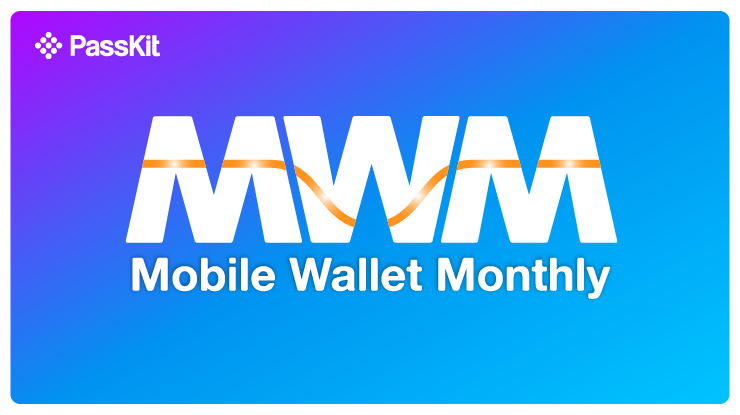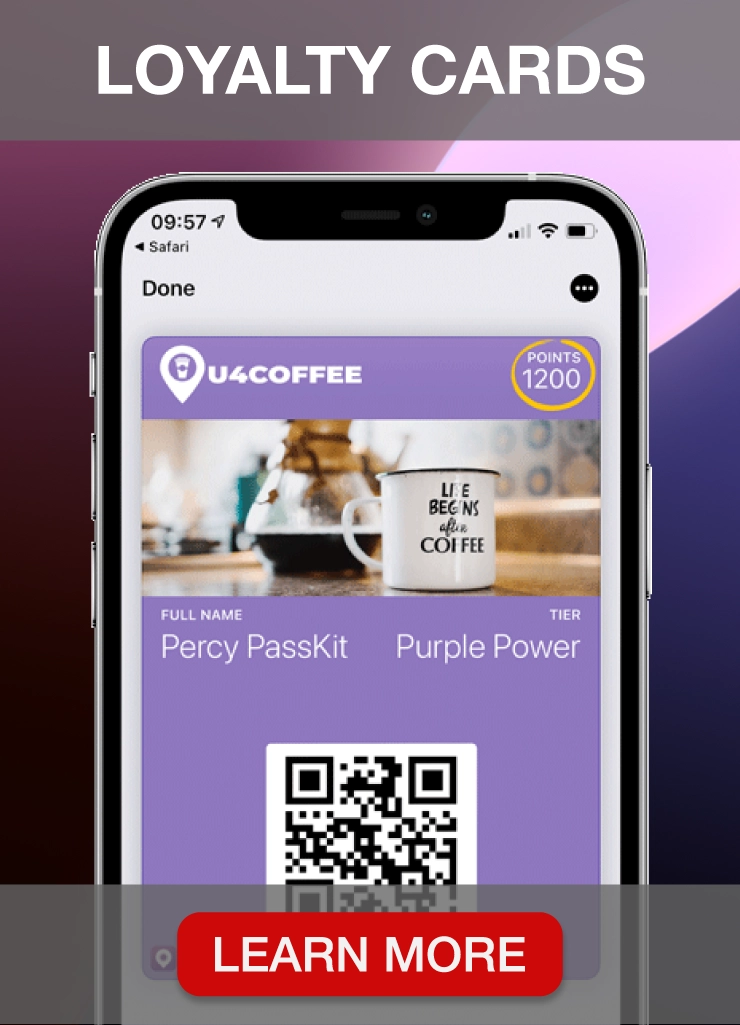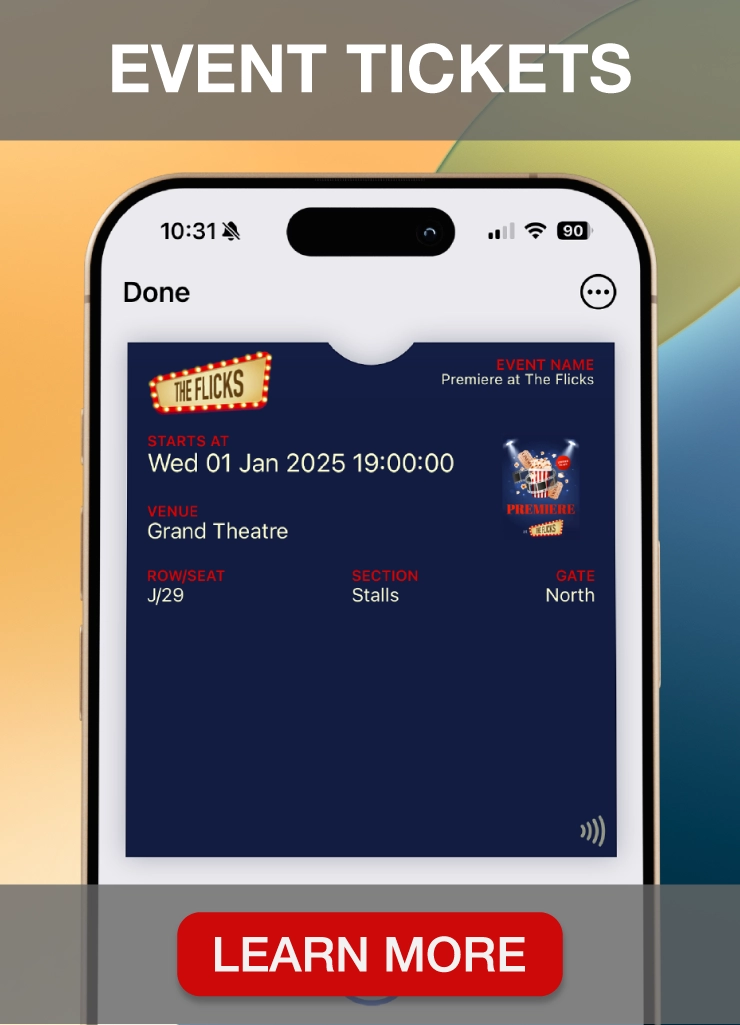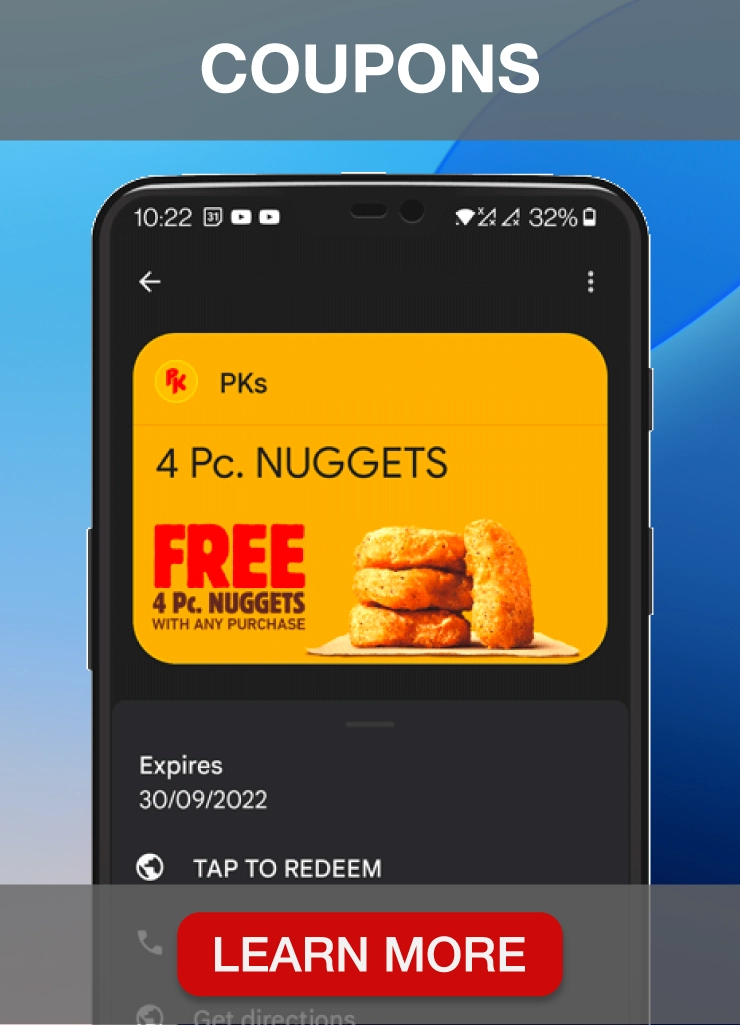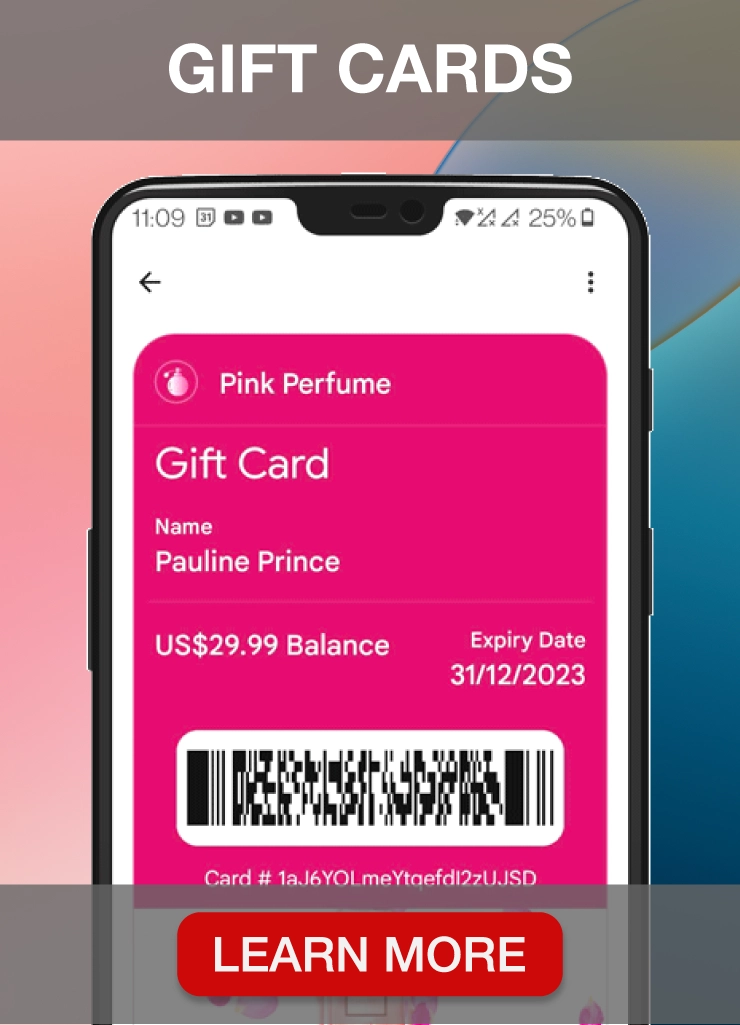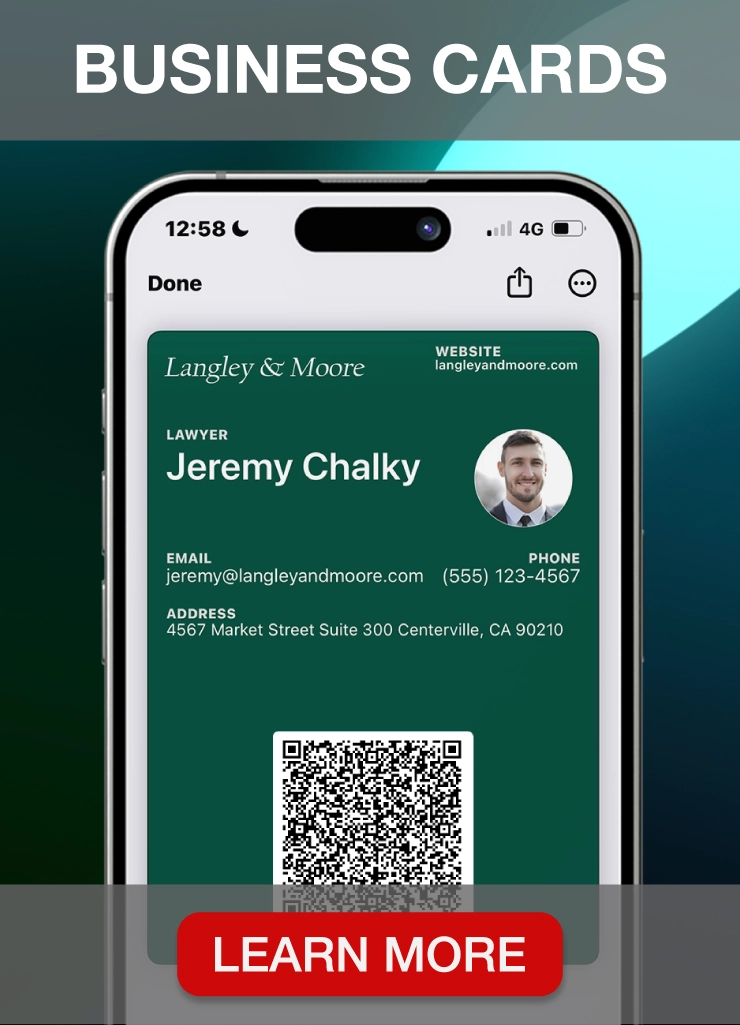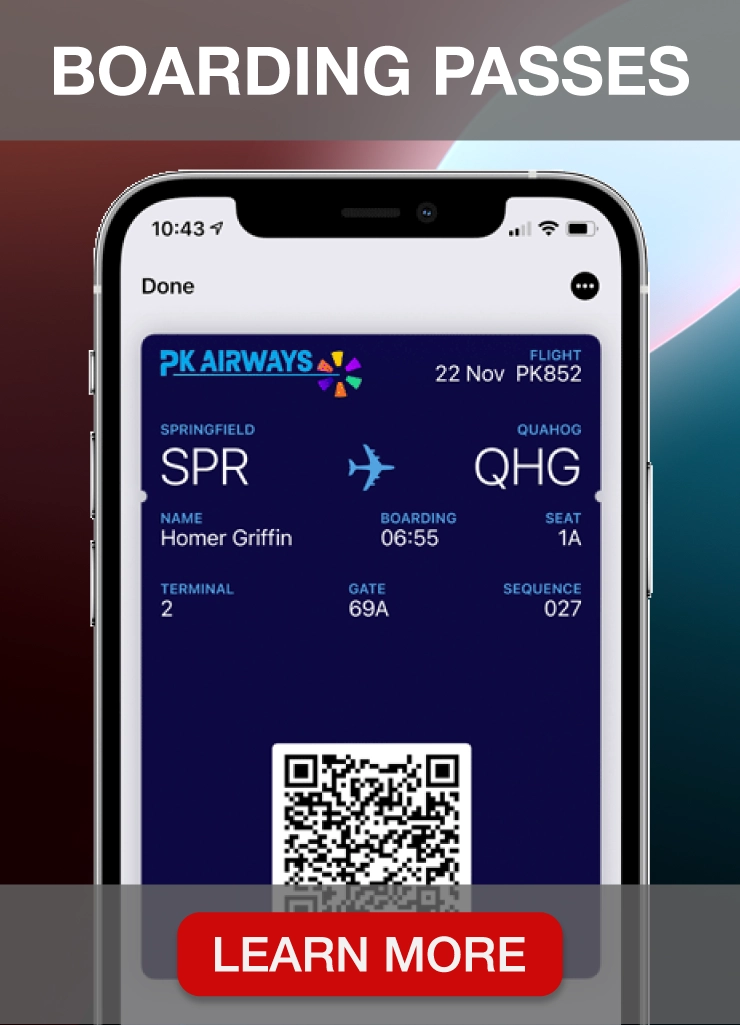Image source: Zippo
Successfully managing a membership program involves many activities, from communication to data management.
Many companies and organizations leverage email marketing platforms like Mailchimp to streamline their membership programs, reach their target audience effectively and build relationships. They also use third-party applications or integrations to automate and optimize their membership management process.
It helps them better manage their members, track engagement metrics, and make data-driven decisions to improve their membership program strategies and overall business performance.
In this article, we will guide you through the top three Mailchimp integrations, highlighting their unique benefits and practical applications for your program.
These apps allow real-time contact synchronization and offer advanced tools to refine your membership strategy.
So, let’s get started!
Key takeaways
- Mailchimp is a robust marketing platform that extends beyond integrations, providing tools for sign-up forms, automated welcome emails, email list segmentation, personalized messaging, and tracking existing contacts activity to manage a successful membership program.
- The effectiveness of Mailchimp integrations for membership programs depends on real-time synchronization, automated triggers, and the ability to streamline the user experience and enhance marketing efforts.
- Key Mailchimp integrations for membership management include PassKit, Join It, and FuseWP, each offering unique features that facilitate member engagement, loyalty, and list growth. PassKit provides you with a 45-day free trial to evaluate all features. Sign up now.
Key criteria for choosing the best Mailchimp integrations
Image source: Playbook
Choosing the best Mailchimp integrations for membership programs requires careful consideration of various factors.
Here’s a short list of critical parameters to guide your selection:
- User-friendliness: Opt for integrations that are easy to set up and use, minimizing the learning curve for administrators and members.
- Versatility: Look for integrations that offer a wide range of features, allowing you to customize and adapt the tools to meet the unique needs of your membership program.
- Scalability: Choose integrations that can grow with your program. Ensure they can accommodate increasing members and evolving requirements without compromising performance.
- Member engagement features: Prioritize integrations that contribute to member engagement, such as gamification, rewards programs, or referral functionalities, fostering a sense of community.
- Seamless data syncing: Opt for integrations that seamlessly sync data between Mailchimp and other tools, ensuring accurate and up-to-date member information.
- Automation capabilities: Look for integrations that support automation and streamline processes such as onboarding, communication, and Mailchimp data management to save time and effort.
- Integration with existing tools: Choose integrations that can easily connect your Mailchimp account with your existing tech stack, including CRMs, e-commerce platforms, or other tools crucial to your membership program.
- Cost-effectiveness: Consider the overall cost of the integration, including any potential additional fees. Ensure the benefits align with your budget and deliver significant value.
- Customer support: Assess the level of customer support the integration provider delivers. Quick and effective support can resolve issues and ensure a smooth user experience.
- Security and compliance: Prioritize integrations adhering to data security standards and requirements. Protecting member data is paramount to maintaining trust and credibility.
By carefully evaluating potential Mailchimp integrations based on these criteria, you can make informed decisions that align with the goals and requirements of your membership program.
3 Top Mailchimp integrations for membership management
Now that we’ve covered the basics and explained our criteria, let’s start immediately with our list of the best Mailchimp integrations.
1. PassKit
PassKit is a digital membership card software that allows businesses to create, manage, and distribute custom loyalty membership cards for mobile wallets like Apple and Google Wallet. You can use our loyalty card templates and adjust them to your business needs.
Our cutting-edge solution, available in the Mailchimp marketplace, delivers convenience, flexibility, and an innovative approach to organizing membership programs, improving the overall member experience.
You can also integrate Mailchimp and PassKit through Zapier and Make to streamline information exchange between these systems.
Here is a list of activities you can perform through PassKit and Mailchimp integration:
- Register new membership enrollments: Efficiently register and manage new memberships, creating a streamlined and automated process for handling incoming members. Capture and update all relevant information in real time.
- Automatically issue new membership cards: Streamline the onboarding process for new members. Automatically send digital membership cards to customers, providing a hassle-free method for members to receive and access their benefits.
- Instantly update membership points: Update membership points automatically when you receive a new order and promptly reflect members’ loyalty benefits.
- Update customer information: Ensure members’ profiles remain accurate and current by updating crucial information such as name, email address, and membership level.
- Create Mailchimp records: Whenever you issue a new membership card, the system automatically generates records and enables seamless communication and marketing to members.
- Archive related Mailchimp records: Ensure that outdated or inactive records are appropriately managed and maintained.
- Trigger time-based push notifications: Engage with members at specific intervals or during key events in their membership journey.
With PassKit as one of the best loyalty platform providers, you can enhance the efficiency of your membership programs, provide a better experience for members, and streamline various processes related to membership management and communication.
Start a 45-day free trial now.
Useful resources:
- Connecting Mailchimp to PassKit Membership
- PassKit and Make integration
- Automate Membership pass creation, management and distribution with Zapier
- Use Zapier with your Membership/Loyalty Programs
- Salesforce CRM integration
- Zoho CRM integration
- Marketo integration
- WooCommerce integrations
- ActiveCampaign integrations
- Emarsys integrations
2. Join It
Image source: Mailchimp
The Join It integration with Mailchimp helps you streamline and simplify the management of your membership database and communication efforts. With Join It, you can also access recurring billing and member tracking functionalities.
It helps you keep your membership database synced with your newsletters and email marketing campaigns.
You can automatically sync members after purchasing memberships, so you won’t have to worry about manually updating and managing your membership lists within Mailchimp.
It saves you time and decreases the likelihood of mistakes, ensuring your communication and marketing efforts align with your up-to-date membership data.
3. FuseWP
Image source: Mailchimp
The FuseWP plugin helps to keep your Mailchimp list up-to-date with the latest user information from your WordPress site.
It automatically subscribes users to the Mailchimp list based on their assigned user roles when registering on your WordPress site. If users update their information, FuseWP also ensures that these changes are reflected in their Mailchimp profile.
When you delete the user account from your WordPress website, FuseWP automatically unsubscribes them from the Mailchimp list to keep it in sync with the current state of user accounts.
How to use Mailchimp for your membership program
Image source: Freepik
Mailchimp is a comprehensive marketing platform that offers various tools to help you manage your membership program effectively. Let’s discuss the most important ones.
Place a signup form on your website or landing page
Image source: Email Uplers
Collecting important member information is crucial for managing a membership program effectively. One of the most convenient and efficient ways to do this is by placing a signup form on your website or landing page.
You can create these customized signup forms using Mailchimp. Placing them in a prominent location on your website encourages visitors to enroll in your program.
When visitors sign up, they can provide essential details such as their name, email address, and any other relevant information you require.
You can seamlessly manage all the collected data from your website in one central location.
Send automated welcome emails
Image source: Written Word Media
Mailchimp offers a great way to create a positive first impression for new members by automating welcome emails upon sign-up.
This feature lets you personalize your messages using custom merge tags and crafting engaging subject lines, which can increase your open rates and establish strong connections with your members.
Streamlining your communication process allows you to ensure that each message is personalized effectively and resonates with your audience.
Add a new lead to your Mailchimp list automatically
Managing your leads and keeping your Mailchimp list up-to-date is now easier than ever, thanks to the platform’s automation capabilities.
With the integration options available, such as Zapier, you can automatically add new leads to your list, ensuring that no potential members fall through the cracks.
This seamless process saves time and guarantees maximum effectiveness in reaching out to members through various apps integrated with Mailchimp.
Segment your list by members’ interests
Image source: Supsystic
With Mailchimp’s feature of segmenting your list based on member interests, you can customize your communication and send content that specifically speaks to each group.
This level of personalization results in higher rates of opens and clicks, which ultimately leads to increased engagement from your members. So, take advantage of this powerful feature and start communicating with your members in a targeted way.
Send personalized emails to members
Image source: Avada Website Builder
When it comes to engaging with your members, personalization is key. Mailchimp offers more than just basic segmentation – with custom merge tags, you can incorporate individualized details in your emails.
Doing so can make every recipient feel valued and appreciated, which can significantly boost audience participation and help you maintain a strong connection with your members.
Keep track of your member’s activity
Image source: Whatagraph
Mailchimp equips you with features such as conversation tracking, open and click tracking, and other tools to keep track of member engagement. These resources let you obtain valuable data and insights into member behavior and preferences.
This information will enable you to customize your program to cater better to their requirements. Therefore, you can empower your Mailchimp audience with a personalized experience that encourages them to stay engaged and loyal.
How to use Mailchimp to keep your members engaged
Mailchimp offers a variety of tools for managing your membership program, but it can also significantly increase your member engagement. Here are several strategies to consider.
Regular newsletters
Image source: Epilocal
Mailchimp provides a great platform to design engaging newsletters with many templates and resources.
These newsletters can serve as valuable updates on recent progress, upcoming activities or events, and even showcase individual members’ achievements.
By using appropriate email layout techniques and crafting well-written content, your organization’s newsletters will significantly impact recipients.
Exclusive offers and promotions
One way to boost sales and engagement is by offering your existing customers special deals and discounts. With Mailchimp, you can easily send promotional emails and:
- Share special deals and discounts to your subscribers
- Show appreciation for dedicated members
- Encourage others to engage more in your program
Finally, with the Promo Code content block available on Mailchimp, you can include promo codes in emails or landing pages. It will make it easier for members to take advantage of your latest offers.
Event invitations
Using events is an effective way to connect with others and build a strong community. Mailchimp can assist you in handling event invitations by syncing them with tools like Google Calendar and AddEvent.
With Mailchimp, you can send customized invites and simplify the RSVP process by including a calendar event link.
Member spotlights
Highlight the achievements and contributions of your members through personalized spotlights. Use Mailchimp integrations to automate the process, showcasing different members regularly and creating a sense of community recognition.
Surveys and feedback forms
Image source: Wiyre
Gathering feedback is crucial for the ongoing development of your membership program. With Mailchimp, you can generate surveys and forms that make collecting valuable insights from your members straightforward.
These insights can provide a deeper understanding of their needs and assist in implementing necessary enhancements to improve your program.
Automated drip campaigns
Automated drip campaigns can be highly effective in nurturing leads and engaging members. Utilizing Mailchimp’s features, you can set up these campaigns and automate and deliver a series of emails.
Through well-planned drip campaigns driven by data, you can lead your members through a predefined journey with timely information tailored specifically for them.
This approach ensures they receive relevant content at just the right time in their member experience.
Anniversary and milestone emails
With Mailchimp’s date-based automation, you can send personalized emails to mark special occasions. It demonstrates the value you place on your customers and helps foster lasting relationships.
Using this feature shows you are committed to building long-term connections with all your valued clients. Don’t miss out on the opportunity to strengthen ties with customers.
Educational content
With Mailchimp, it’s effortless to distribute informative materials among your members. It assists their personal and professional growth and positions your organization as a reliable source for their learning needs.
Leverage Mailchimp to deliver informative articles, webinars, or resources that align with their interests and goals.
Holiday greetings and special occasions
Forge a deeper connection with your members by sending thoughtful holiday greetings and recognizing special occasions. Use Mailchimp to schedule these messages in advance, ensuring timely and heartfelt communication.
Mailchimp integrations: Wrapping up
Mailchimp integrations offer many possibilities for efficiently managing your membership program and following consumer trends. These integrations improve marketing efforts by streamlining processes, syncing data, and enhancing personalized communication with contacts.
They empower you to effectively engage members through various channels such as social media, regular newsletters, exclusive promotions, event invitations, and more.
Implementing PassKit as your digital membership card app could be an excellent choice for your organization.
It seamlessly integrates with Mailchimp and helps you create, manage, and distribute custom-branded membership and loyalty cards for businesses, which customers can use with their mobile wallets. It allows members to access their membership details and benefits whenever needed.
Additionally, PassKit offers various features, such as card expiration reminders, location-based alerts, automated rewards and in-app messaging to enhance your members’ overall experience.
Integrating PassKit with Mailchimp can effectively promote your membership program, increase engagement, and retain your valued members.
You can also track the performance of your membership program and make informed decisions to improve it over time.
Start a 45-day free trial now.
FAQ about Mailchimp integrations
Let’s answer frequently asked questions about Mailchimp.
What is Mailchimp?
Mailchimp is a marketing platform designed to help businesses communicate effectively with their clients, customers, and other stakeholders. Companies can use the available tools to craft tailored and captivating emails that effectively resonate with their intended audience.
Some of the key features of Mailchimp include marketing automation, customer journey-building capabilities, dynamic content options, integrations for seamless connectivity across platforms, retargeting ads for improved reach and impact on potential customers, and transactional email services.
How does Mailchimp work?
With its robust capabilities, Mailchimp allows companies to use data from customer purchases to create successful marketing campaigns. It involves strategizing, implementing, and evaluating various initiatives using its campaign manager.
One key aspect of Mailchimp campaigns is email marketing – users can easily design and launch targeted campaigns while maintaining up-to-date subscriber profiles. With comprehensive reporting features available on the platform, businesses can analyze their campaign performance thoroughly.
Free vs. paid Mailchimp account: What’s the difference?
Mailchimp provides a free plan that comes with some limitations. You can send a maximum of 1,000 emails per month, use one seat, create one audience, and access only a limited set of features for pre-built email templates, reporting and analytics, and the creative assistant tool. Note that the free plan does not include Generative AI capabilities.
Other plans include:
- Essentials for $13 per month with 5,000 monthly emails, three seats, and three audiences
- Standard for $20 per month with 6,000 monthly emails, five seats, and five audiences
- Premium for $350 per month with 150,000 monthly emails, unlimited seats, and unlimited audiences
All paid plans include advanced features and 24/7 email and chat support.
How to create a Mailchimp list?
To create a Mailchimp list, follow these steps:
1. Login to your Mailchimp account.
2. Click on the “Lists” option from the top menu.
3. Click on the “Create List” button on the right-hand side of the page.
4. Fill out the required fields such as list name, default “from” email address, and default “from” name.
5. Set up the list’s default settings such as email notifications, email footer, and confirmation email.
6. Click the “Save” button to create your list.
That’s it! Now you have successfully created a Mailchimp list.
How do you manage Mailchimp subscribers?
The management of Mailchimp subscribers involves:
- Using a primary audience
- Obtaining necessary permission
- Addressing inactive subscribers through re-engagement or unsubscription
- Offering options for contacts to update their preferences and evaluating the opt-in procedure
It also includes updating subscriber profiles and effectively creating and managing different audience segments to deliver more personalized communication.
What are Mailchimp email templates?
Mailchimp email templates are pre-designed email layouts you can customize and use to create professional-looking emails.
These templates help businesses and individuals save time and effort when creating email campaigns, eliminating the need to start from scratch.
With Mailchimp email templates, users can choose from various pre-built designs, customize the colors, fonts, and layout to match their brand, and add text and images to create engaging email campaigns that resonate with their audience.

